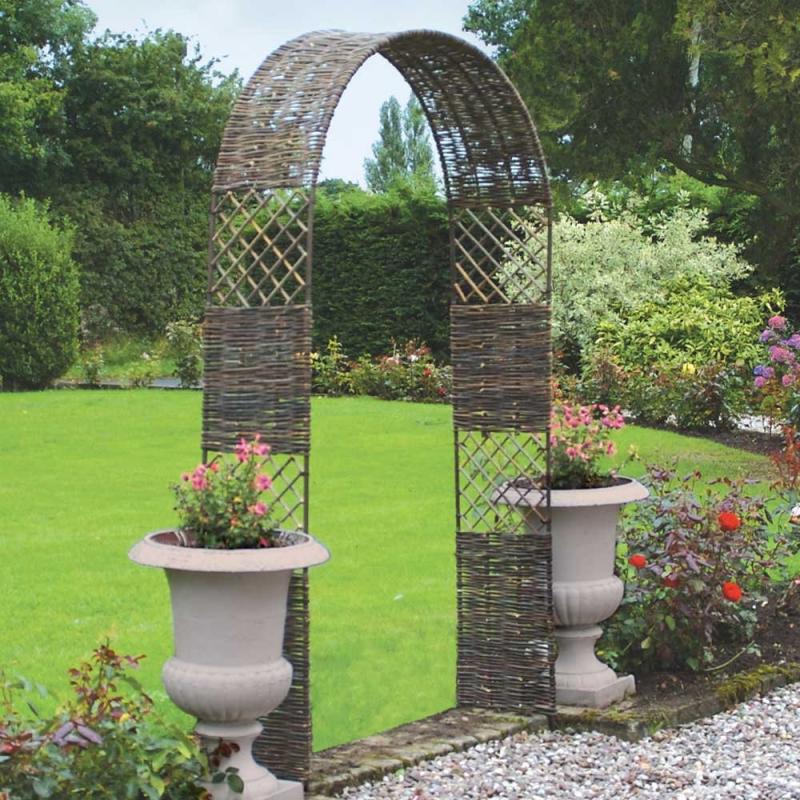×
The Standard e-Paper
Read Offline Anywhere

They have adorned palaces and gardens of the high and mighty for ages. They exude power, dominance and control.
But they can also be modified to suit small urban gardens where efficient space use is critical and low maintenance is not a priority.